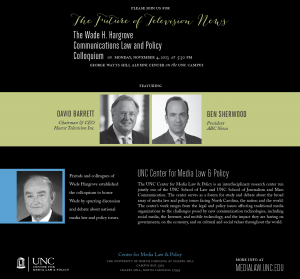 States have taken matters into their own legislative hands over who can gain access into an individual’s online account information after death.
States have taken matters into their own legislative hands over who can gain access into an individual’s online account information after death.
A great deal of personal information lives online: important financial records are stored in online banking accounts and email, and social media sites contain personal data including photos and videos. After death, unless that individual entrusted another with their password information, an individual’s log-in and password information can remain online.
According to a 2012 report, 30 million former Facebook users have died — yet their online profiles continue to exist, prompting online memorials and providing an online outlet for mourning relatives and loved ones. Although a number of websites have policies relating to how accounts are handled after death, some individuals are creating “digital estate plans” in order to better prepare for their digital passing. Others want access to the deceased’s account information to shut down these social media profiles and to access important financial accounts postmortem.
This year, seven states passed laws concerning the management of digital accounts after death: Connecticut, Idaho, Indiana, Nevada, Oklahoma, Rhode Island, Virginia, and Maine. A handful of other states have also proposed legislation that would aid an executor or personal representative in gaining access to an individual’s digital assets. Although these laws are generally uniform in purpose, their execution and administration vary widely.
Some online social media sites argue that a few of these state laws may be unconstitutional as, under the Computer Fraud and Abuse Act and the Stored Communications Act, sites are prohibited from disclosing account information without a court order.
Samantha Scheller is a 2L at UNC Law.


